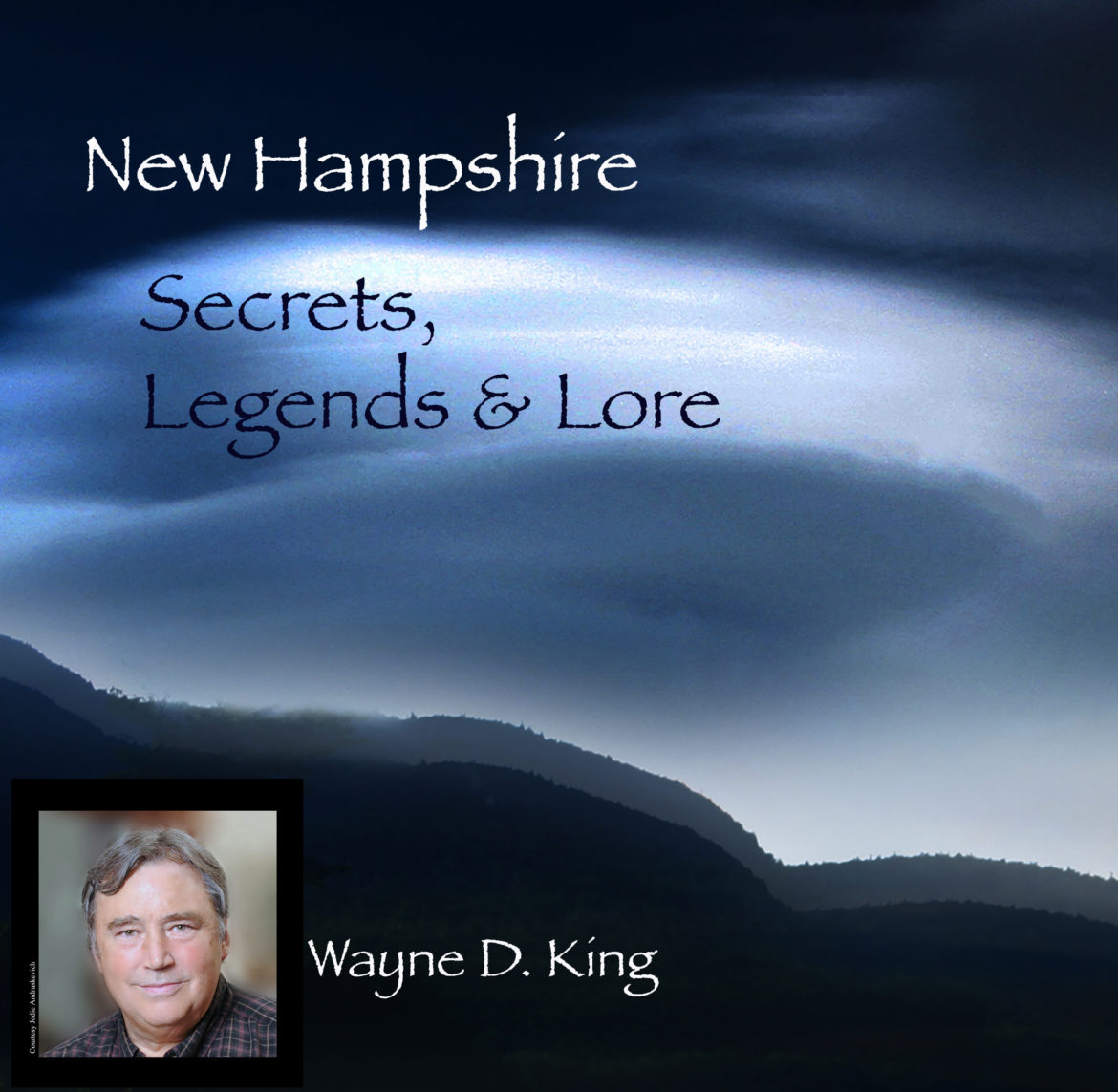By WAYNE D. KING, InDepthNH.org
New Hampshire Secrets, Legend and Lore
Listen here:
https://feeds.podetize.com/ep/bCo1mWCr_K/media
Doug McLane is a resident of Plymouth and in my view one of New Hampshire’s environmental heroes. His work in the battle to halt climate change is well-known and acknowledged, but he has also been deeply immersed in the fight to restore the American Chestnut.
Doug is a board member of the NH/VT Chapter of the American Chestnut Foundation. He is fond of saying that before the chestnut blight – running from about 1904 – 1950 – decimated the North American Chestnut tree population, that “A squirrel could travel from Maine to Georgia on chestnut tree branches without ever having to touch the ground.” So I guess you could say that for a squirrel, the Chestnuts were the Appalachian Trail of its world.
Chestnut trees once numbered in the many billions (estimates range from 3-6 billion trees on the North American continent) and made up an estimated one-third of the hardwood trees east of the Mississippi River. A keystone species: meaning a species on which other species in an ecosystem largely depend, such that if it were removed the ecosystem would change drastically. The tree was cherished for many reasons. Its nuts were the biggest producer of mast (nuts) which fed wild turkeys, bear, deer, and other animals. Native Americans relied on it for food as well and first introduced European immigrants to it in the 15th century. In addition to its savory nuts, Its wood was rot-resistant and excellent for fence posts and for framing houses and barns.
When the blight (a fungal disease) was accidentally imported from Asia in the very early 1900s, it caused the biggest ecological disaster to hit North America in recorded history. By the 1950s, American Chestnut trees were “functionally extinct” from the eastern forest ecosystem.
While there were, and continue to be, a few straggler Chestnut trees, they no longer are significant in our forests.
Oddly, the blight kills the above-ground portion of the tree, but not its root system. Thus, century-old stumps can continue to sprout, but because the blight kills the sprout before flowering age, the American Chestnut could be doomed to extinction.
But not if Doug McLane and his compatriots have anything to say about it.
American Chestnut Foundation
Quincy Bog Notes
The American Chestnut
http://www.quincybog.org/images/BogNotes/BogNotes_Spring2016_FINAL.pdf
Restoration Research of the American Chestnut (Part 1 Intro)
Restoration Research of the American Chestnut (Part 1 Intro)
Restoration Research of the American Chestnut (Part 2: Science in Action)
Restoration Research of the American Chestnut (Part 2: Science in Action)
The (Darling 58) Chestnut Tree: Bringing Back an American Icon
The (Darling 58) Chestnut Tree: Bringing Back an American Icon | William Powell
1:15 / 59:22
Bringing back the American Chestnut
Bringing back the American chestnut
Thomas Klak’s project to restore the American chestnut tree featured on NEWS CENTER Maine’s 207
Wayne D. King
Mail: PO Box 1208 Campton, NH 03223Street: 22 Orris Rd #F1 – Thornton, NH 03285
603-530-4460 Cell
waynedking: Skype
@wayne_d_king:Twitter
http://bit.ly/WayneDKing
PodcastsThe Radical Centrist PodcastNew Hampshire Secrets, Legends and Lore Chosen as NH Podcast of 2019 by NH Press Assoc.*NEW!*Mindscapes – Wayne King Fine Artwww.WayneDKing.com
New Hampshire – A love story in images and words
*Sacred Trust, a Novel*
“The Monkey Wrench Gang Meets the Third Industrial Revolution”https://thesacredtrust.blogspot.com/
The View from Rattlesnake Ridge
New England Newspaper & Press Assoc. award-winning column by Wayne King at InDepthNH.org, NH Center for Public Interest Journalism.Join the mailing list to receive occasional news about upcoming events
and new images by Wayne.
Coming:Common Sense for Our TimesSteady Hands and Open HeartsRenewing the American Idea in the Post Trump Era





